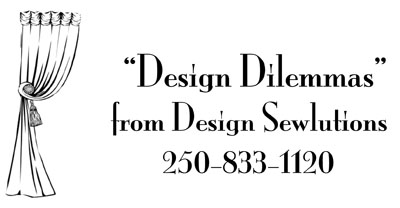Quality
I was confronted head on this last week by a service company that promised and didn’t deliver. I expected a product that would work the way they said it would. I expected a quality product. When I complained I was met with “well, that’s just the way it is.” I got a refund, but at what cost to me, and to the company?
I was reminded, again, of how simple this whole quality issue is. If you ask the person sitting next to you, right now, the chances are he or she will not define quality exactly the same way you do, but a workable definition comes from the “Quality Initiative.” It states that quality can be defined as simply what the customer wants. If the item does not meet the customer’s requirements, the dollar cost of this non-compliance to requirements can be measured. This applies equally to products or services, and we all know that dollars talk.
An example: Suppose my company makes shirts. One of the shirts falls apart in the wash and is returned. I sold the shirt for 10.00 and it cost me 5.00 to make. I made a 5.00 profit. I have to give back 10.00, but the shirt still cost me 5.00. So now the second shirt I sell has no profit at all, what I thought I was making as profit has to go to pay for the cost of the first ‘non-conforming’ shirt. So, what is the cost of not complying to my customers idea of quality, which is a shirt that could be washed? At a minimum I lost the profit on two shirts and the cost of my employees time to manage the error, and it cost my customer time (money) to return it. Might have been a lot simpler to wash a few samples before I sold them, check that the quality was there and make any necessary changes. How much more careful would we have been if we knew that each mistake would require two to three more sales to cover the cost of the error?
The paycheck that is short hours, the burger that has onions, the shirt that falls apart,
the matches that don’t work, the advice that is wrong, the appointment that starts late - all of these add to the overall cost of production and to loss of customer loyalty.
Wouldn’t it be nice if all the people and businesses we deal with understood this simple idea?

